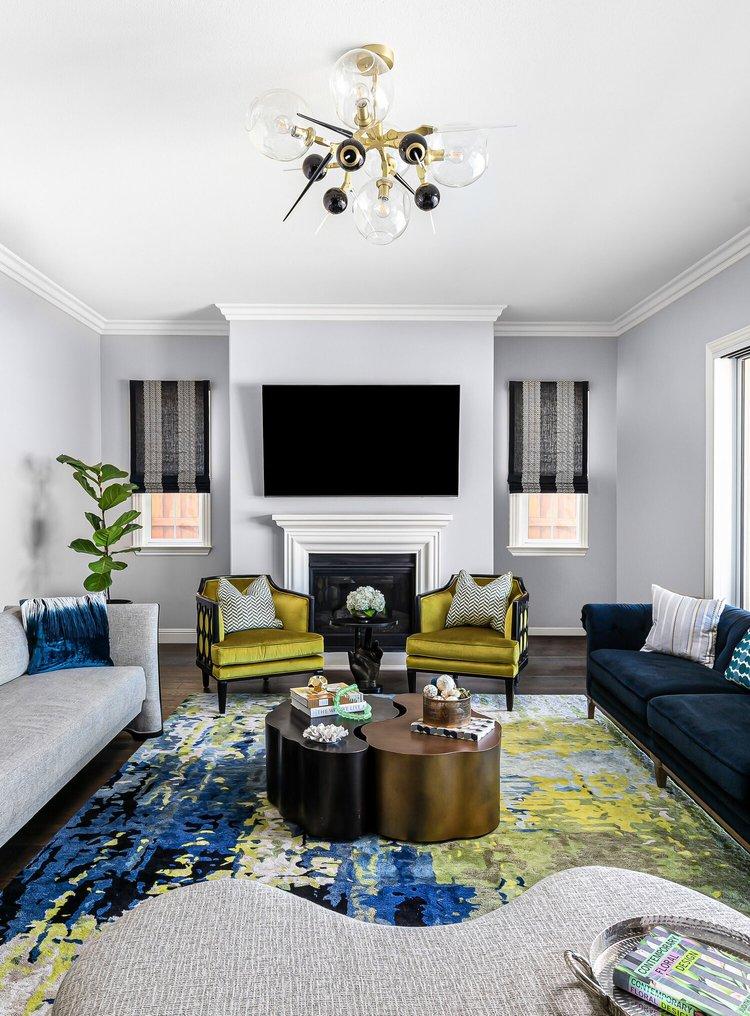When guests walk into your hotel or restaurant, the first thing they notice isn't the furniture or the menu. It's the colors. Walls, lighting, chairs, and artwork all play a role in setting the mood. Choosing the right shades can change how people feel, think, and enjoy their time in your space. That’s why working with a color consultant for interiors can be one of the smartest moves in your design plan.
Let’s look at how color changes everything in your space and why it matters more than you might think.
Color Has a Job to Do
Colors aren’t just pretty. They actually do something. Soft blues and greens make guests feel calm. Warm reds and oranges can boost hunger and energy. Neutral colors help create balance and let other design pieces shine.
Think about your hotel lobby. If it’s all gray or beige, it might look clean but also feel cold. Add touches of soft gold or navy, and now the space feels cozy and inviting.
In restaurants, the color of the walls and lighting can change how long people stay, how much they order, or even how much they enjoy their time. That’s how powerful color can be.
Lighting and Paint Work Together
Color never works alone. It always reacts to the lighting in the room. Natural light changes how a color looks throughout the day. A soft white wall may look warm and creamy at noon but cool and pale at night.
That’s why paint and lighting should be planned as a team. The right mix helps colors look the way you want at all times. Bright white lights make colors pop and feel clean. Warm lighting adds a soft glow and comfort.
Even mirrors and windows can help reflect light and boost color in the space.
Every Area Needs a Mood
Each space in your hotel or restaurant does something different. So, your color choices should match what each area needs to feel like.
Hotel Rooms
These should feel calm and peaceful. Soft green, light cream, or gentle blue shades help guests relax and sleep better.
Reception Areas
This is where first impressions happen. Keep it clean and clear but with a bold splash of color in the right place, like a chair or a piece of art.
Dining Rooms
These areas love warm, strong colors. Reds, burnt oranges, or mustard yellows can wake up the appetite and make people feel happy to eat and chat.
Bathrooms and Hallways
Use light colors to keep things open and fresh. White, light gray, or soft pastels work well here. Dark colors in narrow spaces can feel tight and heavy.
Think About Local Style and Culture
Color doesn't feel the same everywhere. In one place, bright yellow might feel sunny and cheerful. In another, it might feel loud or odd. If your hotel or restaurant is in a special town, city, or region, local culture can help guide the best color choices.
Using colors that match the culture shows that you care and understand the community. It also helps guests feel more connected to where they are, especially travelers.
Don’t Follow Every Trend
Color trends come and go. Just because a certain shade is popular this year doesn't mean it's right for your space.
Great color design is based on your brand, your layout, and the feeling you want people to have. This is where a color expert can really help. They don't just chase trends. They look at your goals and guide you toward choices that fit your long-term vision.
You don’t need to copy someone else’s design. You can create your own style that feels right for your guests and your business.
Let Color Work for Your Business
Color changes how people feel and behave. It helps create memories. It even affects how much time guests spend in your place.
If you want visitors to stay longer, feel relaxed, or feel excited to eat and spend, color is a strong tool. But it needs to be planned the right way, from the very beginning.
Working with a color consultant for interiors helps you make smart choices early on. Pair that with full hospitality interior design services, and your hotel or restaurant will have a design that feels thoughtful, well-matched, and welcoming.
Final Insights
If you're opening or updating a hotel or restaurant, color should be one of the first things you plan. It creates feelings without saying a word.
Pick the right shades, use smart lighting, and make each space feel like it has a purpose. Then your guests will not just see the difference, they’ll feel it!
